Introduction
Imagine being able to create stunning videos with just a few words and clicks. Sounds like a dream, right? Well, not anymore. Thanks to OpenAI Sora, a groundbreaking AI tool that can create videos from text descriptions, you can now turn your imagination into reality.
OpenAI Sora is a product of OpenAI, a research organization dedicated to creating and promoting friendly artificial intelligence. OpenAI Sora uses GPT-4, a deep learning model that can generate natural language and images, to create realistic and diverse videos from text inputs.
In this blog post, we will explore how OpenAI Sora is revolutionizing video creation with AI, by looking at its features, benefits, applications, and challenges. Whether you are a video enthusiast, a video marketer, or a video skeptic, you will find something interesting and useful in this post. So, let’s dive in!
Video generation: the magic of OpenAI Sora
One of the most amazing features of OpenAI Sora is its ability to generate videos from text descriptions. You don’t need any video editing skills, software, or equipment to use OpenAI Sora. All you need is a computer, an internet connection, and a creative mind.
To use OpenAI Sora, you simply type in a text description of the video you want to create, and press the generate button. OpenAI Sora will then use its AI magic to create a video that matches your description, in a matter of minutes.
For example, if you type in “a cat playing with a ball of yarn”, OpenAI Sora will create a video of a cute and fluffy cat having fun with a ball of yarn. If you type in “a man doing a backflip on a trampoline”, OpenAI Sora will create a video of a man showing off his acrobatic skills on a trampoline. If you type in “a spaceship landing on Mars”, OpenAI Sora will create a video of a futuristic spaceship touching down on the red planet.
The possibilities are endless with OpenAI Sora. You can create videos of anything you can think of, from realistic scenarios to fantasy worlds, from educational topics to entertainment genres, from simple animations to complex simulations.
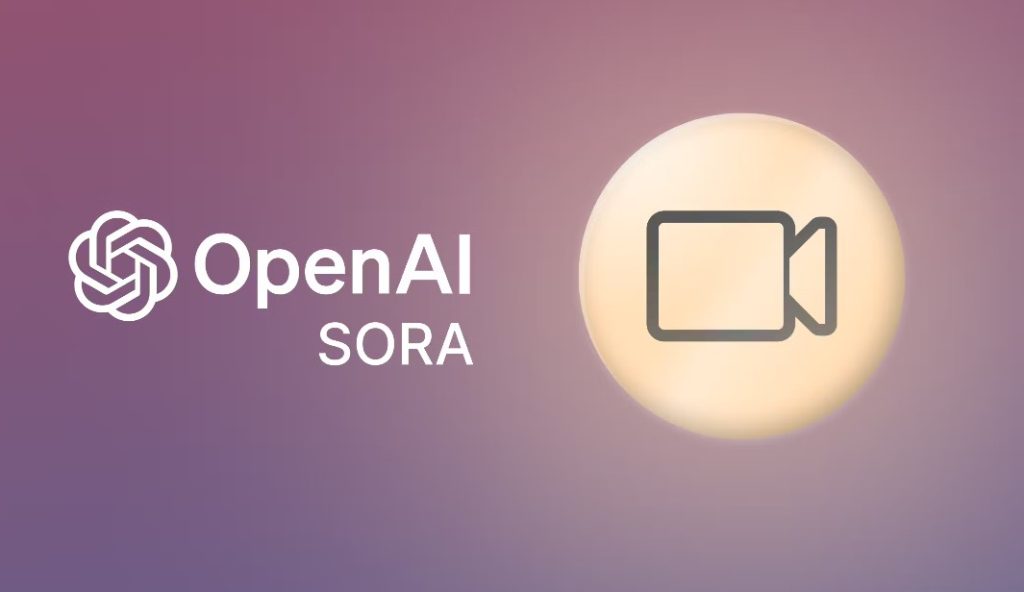
The advantages of using OpenAI Sora for video generation are obvious. You can save time, money, and effort by using OpenAI Sora instead of hiring a video production team, buying expensive software, or learning complicated skills. You can also unleash your creativity and customize your videos according to your preferences, such as the style, the length, the music, and the voiceover.
Of course, OpenAI Sora is not perfect. There are some limitations and challenges of using OpenAI Sora for video generation. For instance, the quality and accuracy of the videos may vary depending on the text input, the data available, and the model performance. Sometimes, OpenAI Sora may generate videos that are blurry, distorted, or irrelevant. Also, there are some ethical and social issues that arise from using OpenAI Sora, such as the potential for video manipulation, video plagiarism, video misinformation, and video privacy. We will discuss these issues later in this post.
OpenAI Sora is a new AI system that can generate videos from text or audio inputs, using a large-scale generative model based on GPT-4, which is the latest and most advanced version of the famous language model developed by OpenAI. GPT-4 can learn from diverse and multimodal data sources, such as text, images, audio, video, etc., and generate coherent and relevant outputs in any domain and format. OpenAI Sora uses GPT-4 to understand the input text or audio, and then synthesize a video that matches the input, using natural language understanding and computer vision techniques, such as scene parsing, object detection, face recognition, etc.
But that’s not all. OpenAI Sora can also control the style, content, and quality of the generated videos, using various parameters and options, such as resolution, duration, genre, mood, etc. For example, you can ask OpenAI Sora to generate a video of a cat playing with a ball, in a cartoon style, with a happy music, and a high resolution. Or you can ask OpenAI Sora to generate a video of a historical speech, in a documentary style, with a serious tone, and a low resolution. The possibilities are endless.
And the best part is, OpenAI Sora can produce realistic, high-quality, and diverse videos, using adversarial training, self-attention, and stochastic sampling. Adversarial training is a technique that uses two competing neural networks, one that generates videos, and one that evaluates them, to improve the quality and realism of the videos. Self-attention is a mechanism that allows the neural network to focus on the most relevant parts of the input and the output, to capture the long-range dependencies and temporal coherence of the video. Stochastic sampling is a method that allows the neural network to sample from a probability distribution, to introduce diversity and variability to the video.
Video generation with AI is not a new concept. In fact, it has been around for quite some time, and you might have seen some examples of it, such as deepfakes, neural style transfer, video inpainting, etc. These are methods that use AI to manipulate or create videos, such as changing the face or voice of a person, applying a different artistic style to a video, or filling in missing or damaged parts of a video.
These methods are impressive, but they also have some drawbacks. For instance, they often require a lot of data and computing power, they can be slow and unreliable, and they can raise some ethical and legal issues. Not to mention, they can be creepy and scary sometimes.
But video generation with AI also has a lot of potential and benefits. Imagine if you could create videos with AI that are not only realistic, but also creative, expressive, and personalized. Imagine if you could use AI to tell stories, teach lessons, entertain audiences, or communicate with others. Imagine if you could use AI to create videos that are not limited by your skills, equipment, or budget. Wouldn’t that be awesome? Well, that’s exactly what OpenAI Sora can do.
To give you an idea of how OpenAI Sora works, here are some examples of videos that it generated from text or audio inputs:
- A video of a dog chasing a frisbee in a park, with a cheerful narration and a sunny weather.
- A video of a cooking tutorial, showing how to make a pizza, with a friendly voice and a kitchen background.
- A video of a horror movie trailer, featuring a haunted house, a ghost, and a scream, with a dark and suspenseful atmosphere.
As you can see, OpenAI Sora can generate videos that are not only realistic, but also creative, expressive, and personalized.
Artificial intelligence: the brain of OpenAI Sora
Another amazing feature of OpenAI Sora is its use of artificial intelligence to create videos. Artificial intelligence, or AI, is the branch of computer science that deals with creating machines or systems that can perform tasks that normally require human intelligence, such as understanding language, recognizing images, and making decisions.
OpenAI Sora uses AI to create videos by analyzing the text input, generating natural language and images, and synthesizing them into a coherent and consistent video. OpenAI Sora uses various AI techniques and algorithms, such as natural language processing, computer vision, and generative adversarial networks, to achieve this feat.
The advantages of using AI for video creation are evident. AI can scale up the video production process, by creating multiple videos in parallel, and adapting to different demands and scenarios. AI can also improve the video creation process, by learning from feedback, data, and examples, and innovating new solutions and styles.
However, AI also has some limitations and challenges for video creation. For example, AI can be complex and difficult to understand, debug, and control, especially for non-experts and users. AI can also be biased and unfair, depending on the data, algorithms, and objectives used, and affect the quality, diversity, and ethics of the videos. Moreover, AI can be regulated and restricted, depending on the laws, policies, and standards applied, and impact the access, usage, and ownership of the videos. We will discuss these issues later in this post.
Deep learning: the engine of OpenAI Sora
A third amazing feature of OpenAI Sora is its use of deep learning to create videos. Deep learning, or DL, is a subset of AI that uses artificial neural networks, or ANNs, to learn from large amounts of data and perform complex tasks. ANNs are composed of layers of interconnected nodes, or neurons, that mimic the structure and function of the human brain.
OpenAI Sora uses deep learning to create videos by using GPT-4, a deep learning model that can generate natural language and images. GPT-4, or Generative Pre-trained Transformer 4, is the latest and most advanced version of the GPT series, developed by OpenAI. GPT-4 uses a transformer architecture, a type of ANN that can process sequential data, such as text and images, and generate outputs based on the inputs.
The advantages of using deep learning for video creation are clear. Deep learning can enhance the performance and flexibility of the video creation process, by handling large and diverse data, and producing high-quality and varied outputs. Deep learning can also increase the diversity and richness of the video creation process, by generating novel and original content, and incorporating different modalities and perspectives.
Nonetheless, deep learning also has some limitations and challenges for video creation. For instance, deep learning can require a lot of data and computation, which can be costly, time-consuming, and environmentally unfriendly. Deep learning can also pose a lot of security and reliability risks, which can be exploited, hacked, or corrupted. Furthermore, deep learning can raise a lot of ethical and moral dilemmas, which can be harmful, deceptive, or offensive. We will discuss these issues later in this post.
GPT-4: the star of OpenAI Sora
A fourth and final amazing feature of OpenAI Sora is its use of GPT-4 to create videos. GPT-4 is the star of OpenAI Sora, as it is the main component that enables the video creation process. GPT-4 is a deep learning model that can generate natural language and images, based on the text input.
GPT-4 is the successor of GPT-3, which was released in 2020 and was considered the most powerful natural language model at the time. GPT-4 is even more powerful than GPT-3, as it has more parameters, more data, and more capabilities. GPT-4 has 175 billion parameters, which are the numerical values that determine the behavior and output of the model. GPT-4 has also been trained on a massive amount of data, which includes text and images from the internet, such as Wikipedia, Reddit, Twitter, and Instagram. GPT-4 has also been fine-tuned on specific domains and tasks, such as video creation, to improve its performance and relevance.
The advantages of using GPT-4 for video creation are obvious. GPT-4 can provide the generality and coherence of the video creation process, by being able to handle any text input and generate any output, and by being able to maintain the logic and consistency of the video. GPT-4 can also provide the realism and quality of the video creation process, by being able to generate natural language and images that are indistinguishable from human-made ones, and by being able to optimize the output based on the input.
However, GPT-4 also has some limitations and challenges for video creation. For example, GPT-4 can lack the novelty and diversity of the video creation process, by being influenced by the data and biases that it has been trained on, and by being unable to generate content that is beyond its knowledge and experience. GPT-4 can also lack the consistency and reliability of the video creation process, by being prone to errors and mistakes, and by being unable to verify or explain its output.
Moreover, GPT-4 can lack the responsibility and accountability of the video creation process, by being potentially misused or abused, and by being unclear about its ownership and rights. We will discuss these issues later in this post.
OpenAI Sora: applications and implications
OpenAI Sora is a breakthrough in video generation with AI, and it has many applications and implications for various domains and contexts. For example:
- Education: teachers can use OpenAI Sora to create engaging and informative videos for their students, based on their curriculum and preferences. For instance, a teacher can use OpenAI Sora to create a video of a historical event, a scientific experiment, or a literary analysis, to enhance the learning experience and outcomes of the students.
- Entertainment: filmmakers can use OpenAI Sora to produce original and creative videos for their audiences, based on their scripts and ideas. For example, a filmmaker can use OpenAI Sora to create a video of a comedy sketch, a drama scene, or a musical number, to showcase their talent and vision.
- Communication: users can use OpenAI Sora to generate videos for their friends and family, based on their messages and voice. For instance, a user can use OpenAI Sora to create a video of a birthday greeting, a love confession, or a prank, to express their emotions and personality.
Of course, OpenAI Sora also poses some challenges and risks, such as privacy, security, authenticity, responsibility, etc. For example, how can we protect the data and identity of the users and the subjects of the videos? How can we prevent the misuse and abuse of OpenAI Sora for malicious or illegal purposes? How can we verify the source and validity of the videos generated by OpenAI Sora? How can we ensure the ethical and moral standards of OpenAI Sora and its users? These are some of the questions that we need to address and answer, as we explore and experiment with OpenAI Sora.
Conclusion
In conclusion, OpenAI Sora is a game-changer for video creation with AI, as it leverages the power of deep learning and GPT-4 to generate realistic, high-quality, and diverse videos from text or audio inputs. OpenAI Sora can enable anyone to create videos with AI, without requiring any technical skills or expensive equipment, using a simple and intuitive interface. OpenAI Sora can empower creators and artists to express their ideas and visions, using a new and powerful medium of communication and storytelling.
OpenAI Sora can enhance the quality and accessibility of education and entertainment, by providing personalized and interactive content and experiences. OpenAI Sora can also pose some challenges and risks, such as privacy, security, authenticity, responsibility, etc., that need to be addressed and answered, as OpenAI Sora becomes more widely available and accessible.
I hope you enjoyed this blog, and learned something new and interesting about OpenAI Sora and video creation with AI. If you did, please share it with your friends and followers, and leave a comment below. And if you want to try OpenAI Sora for yourself, you can visit their website and sign up for their beta program. But hurry up, because the spots are limited, and you don’t want to miss this opportunity!
Thank you for reading, and see you next time! 😊


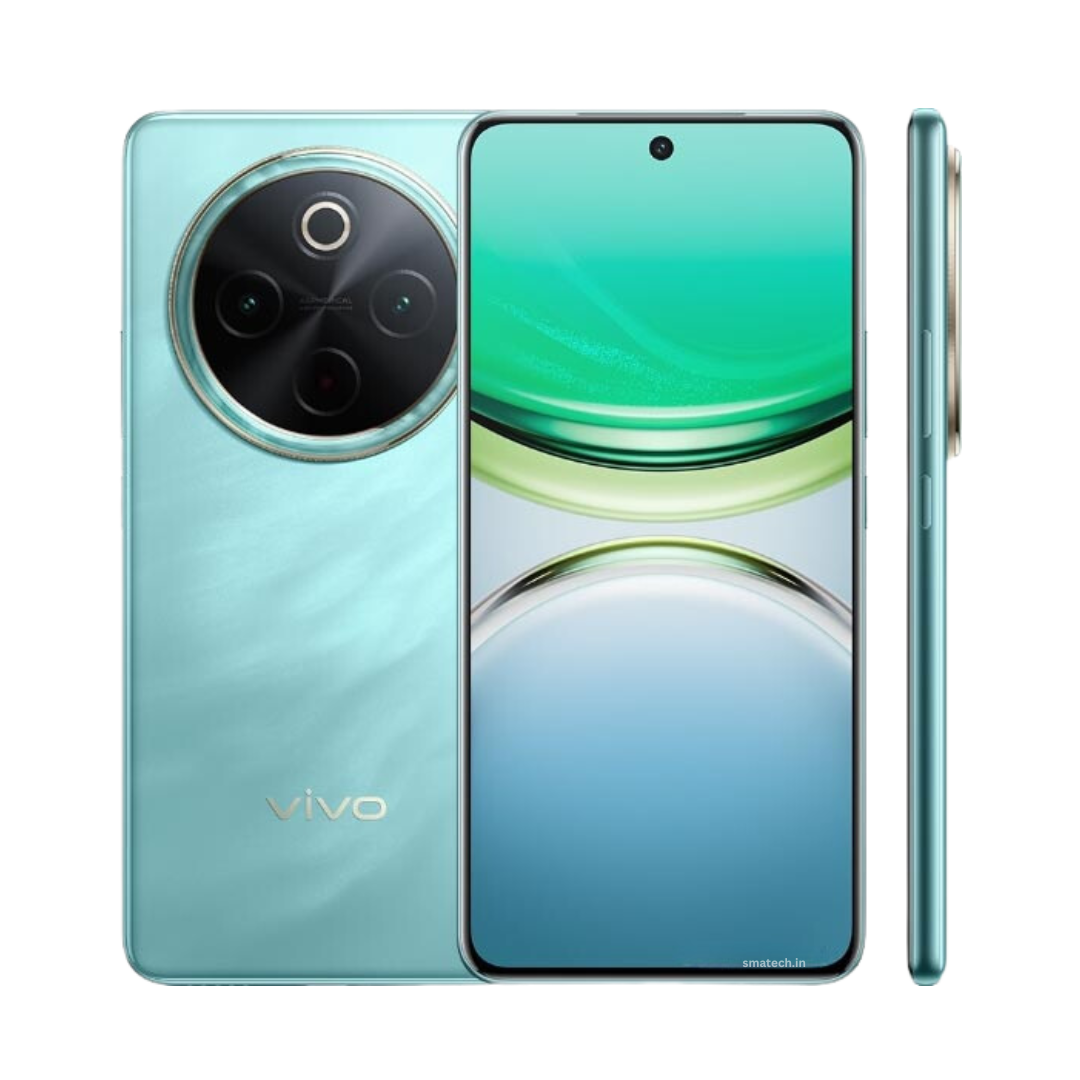
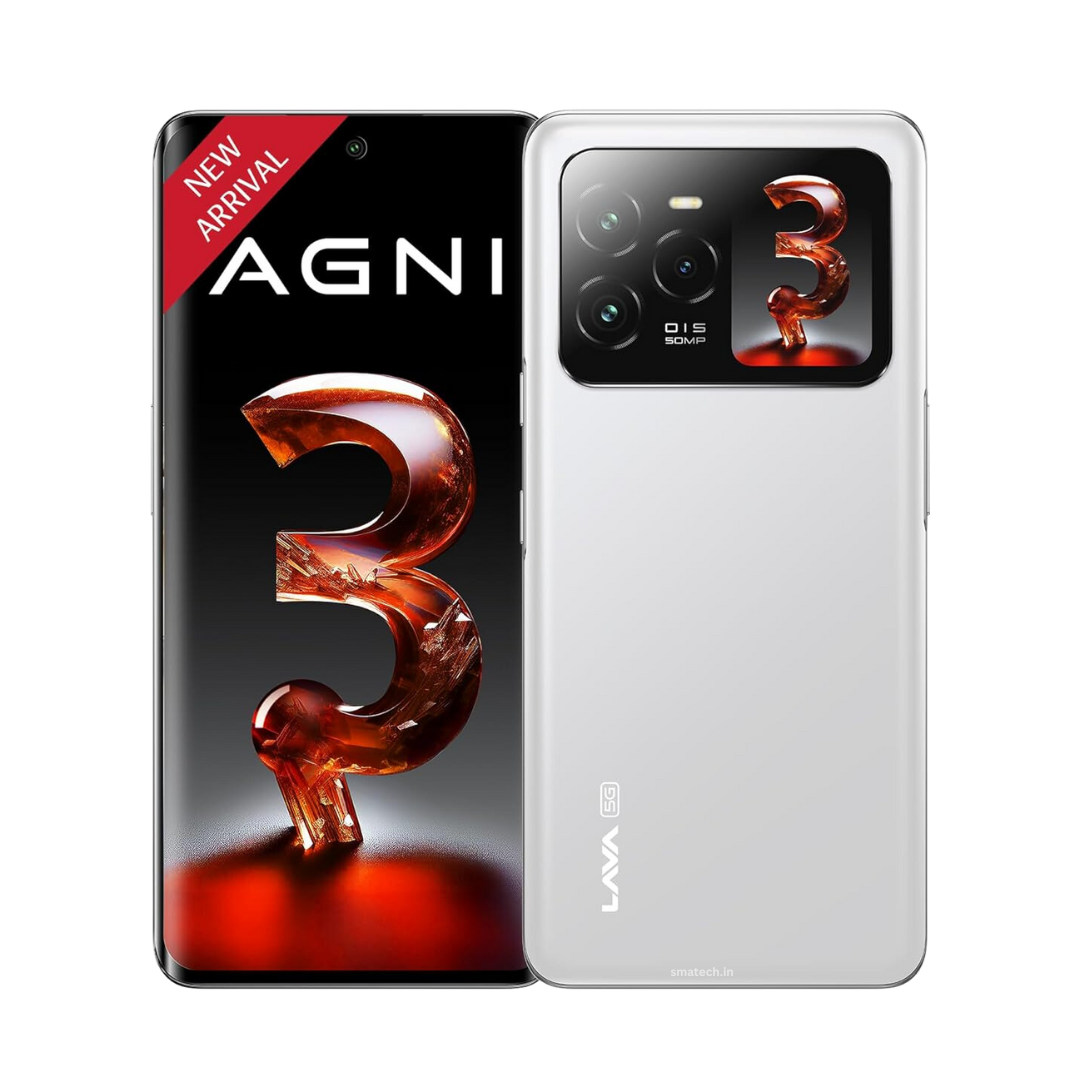
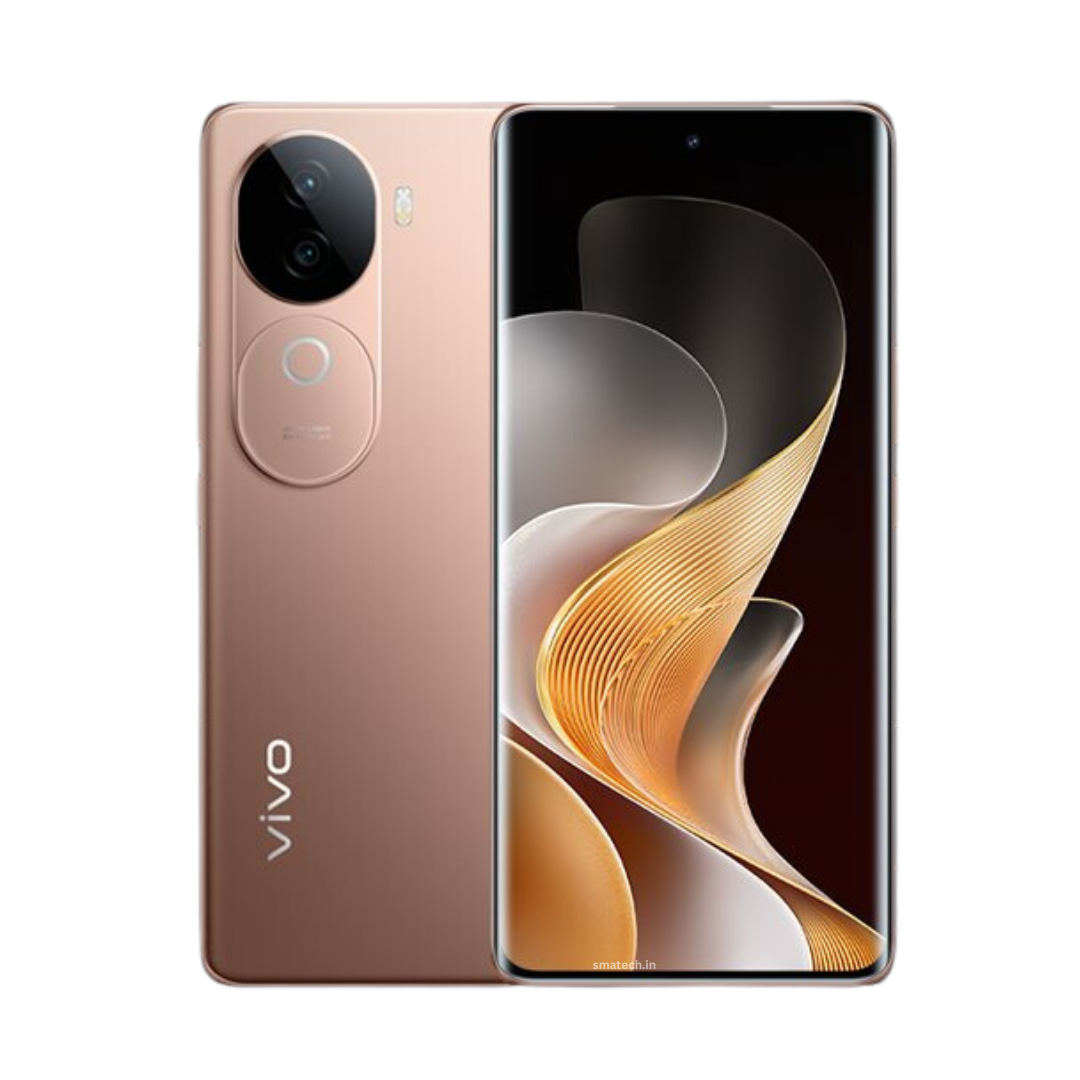
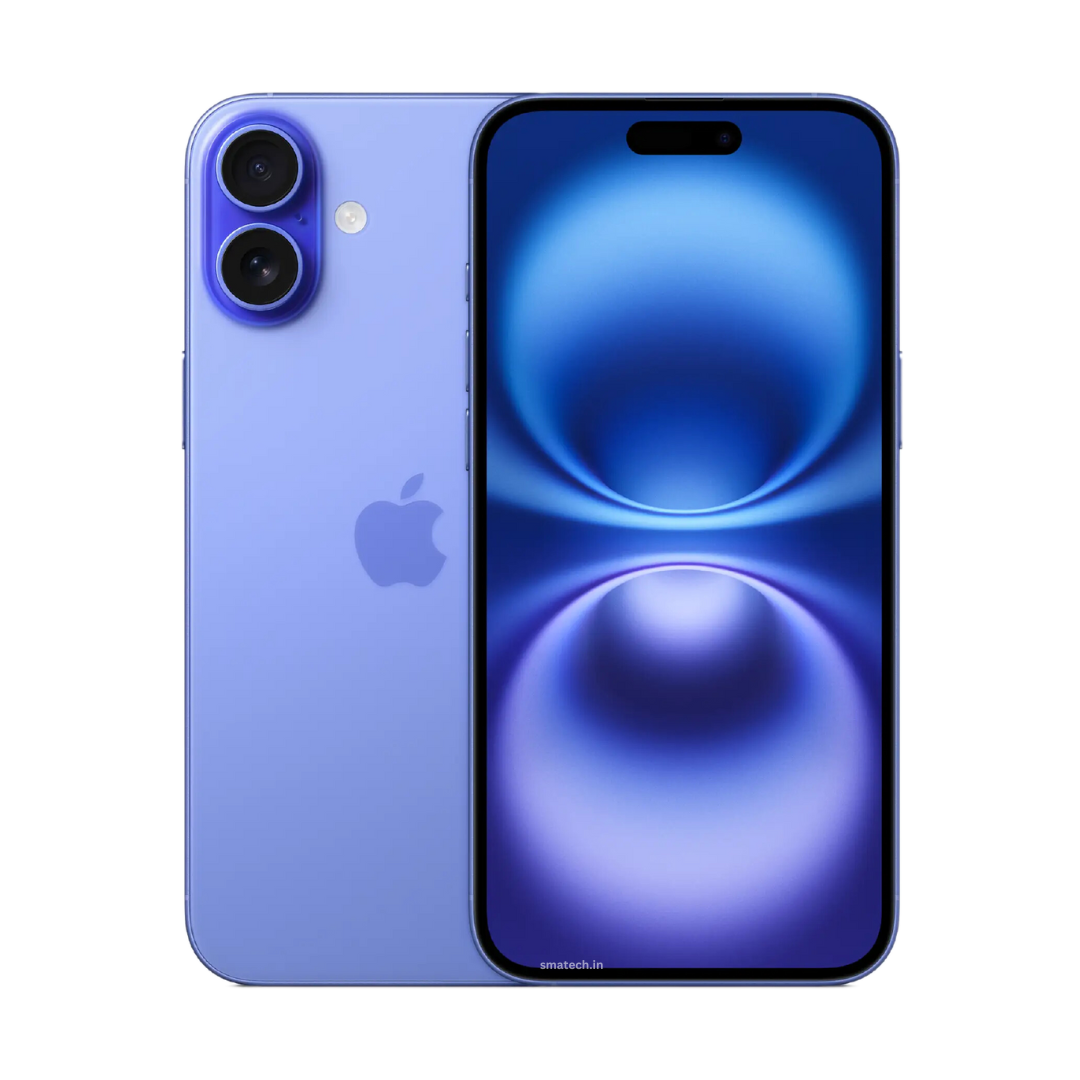
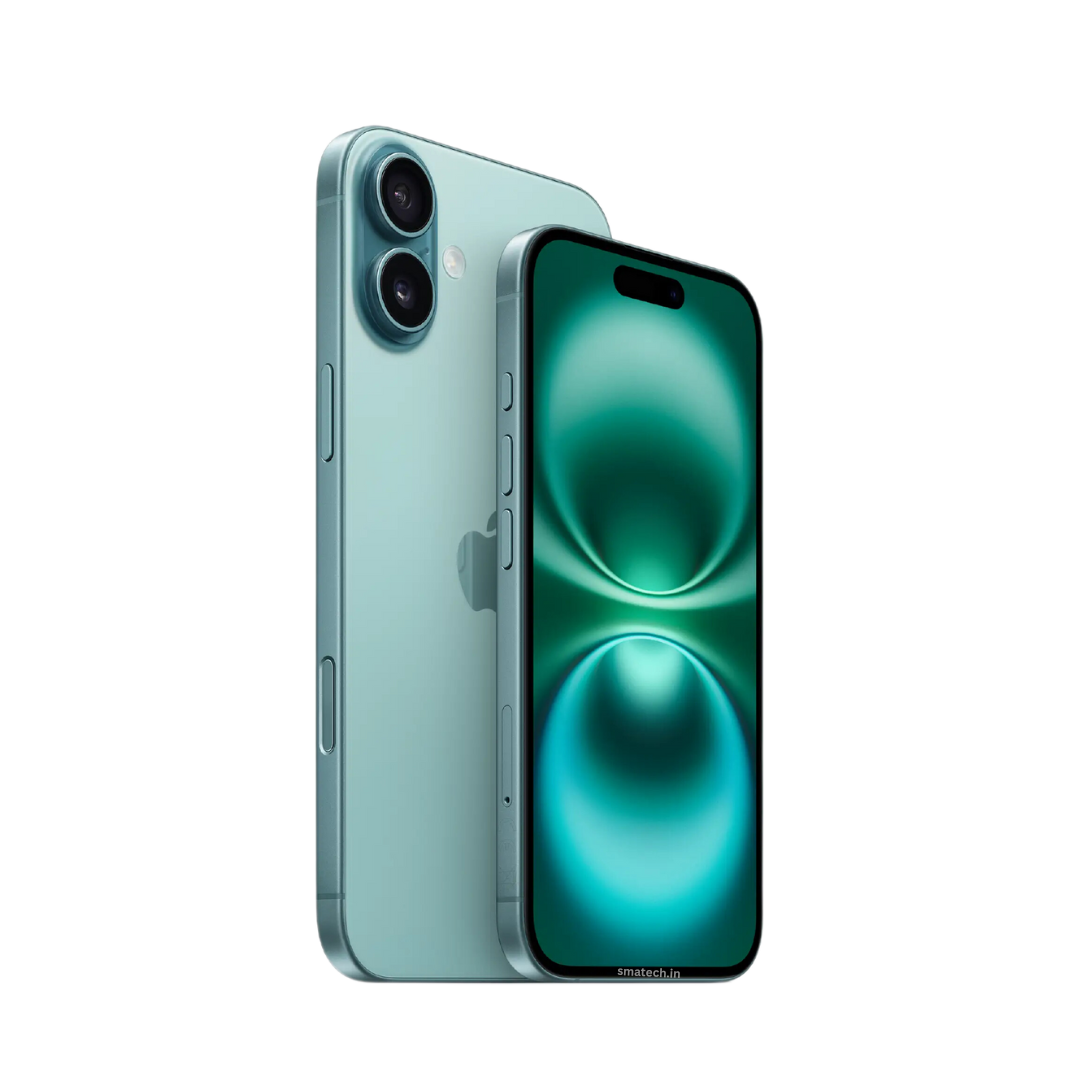
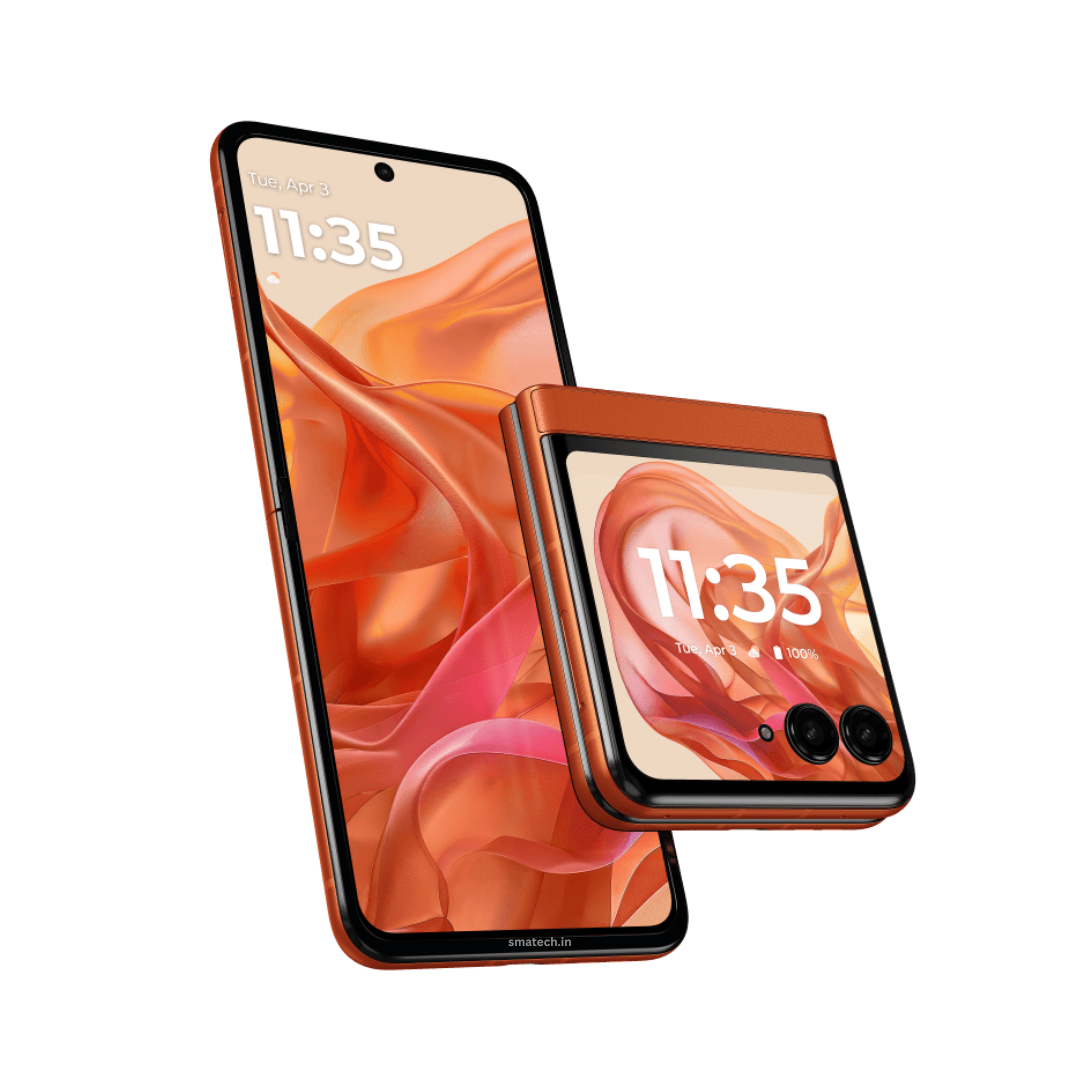
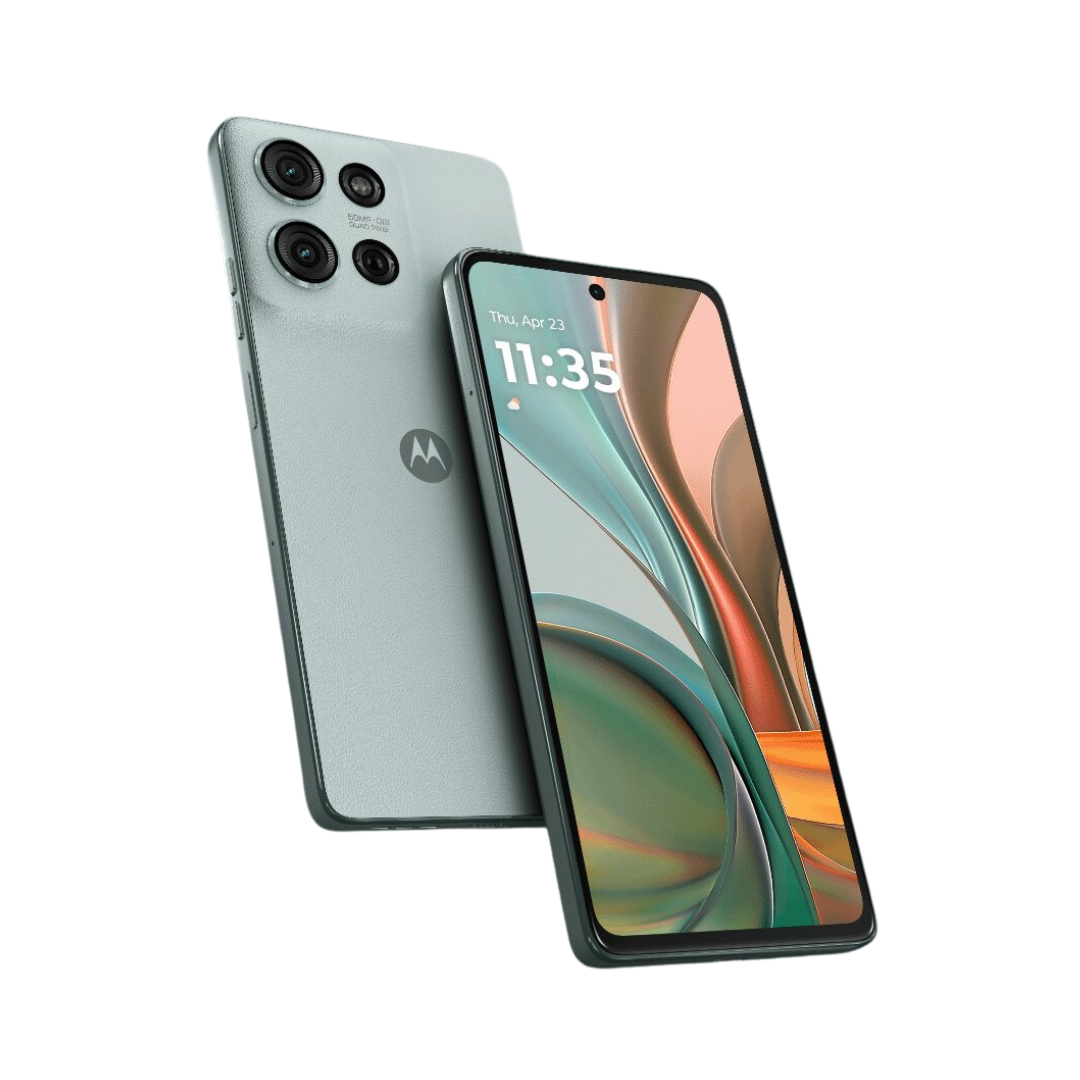
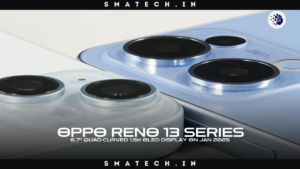
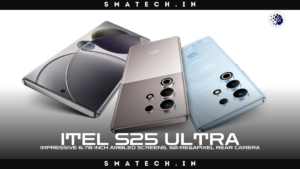
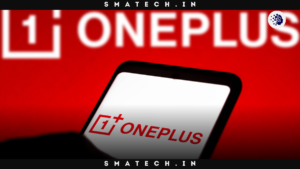
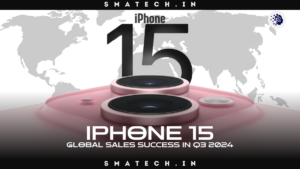
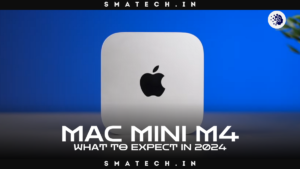
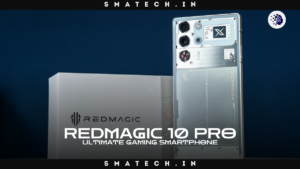

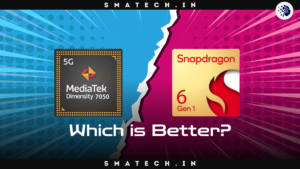
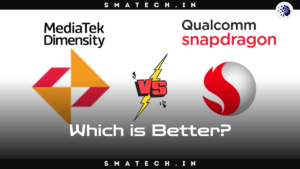
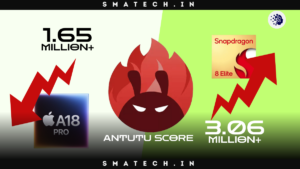
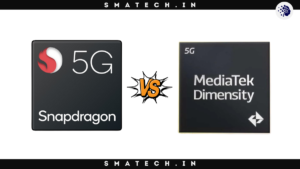
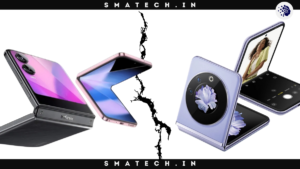
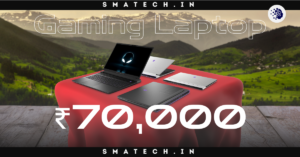
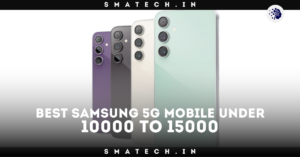
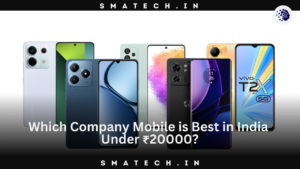
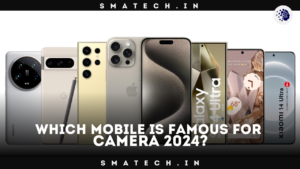
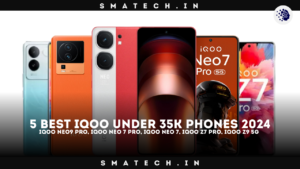

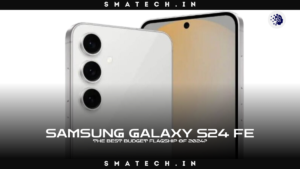
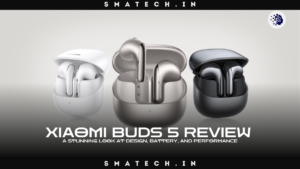
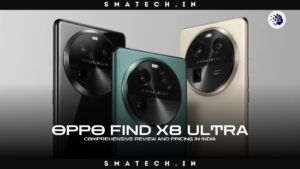
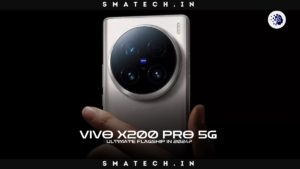
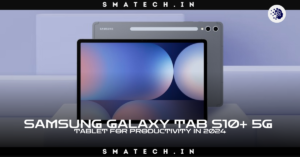
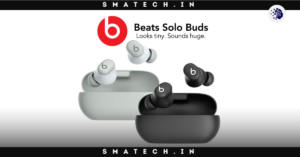
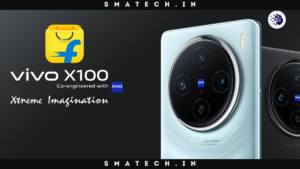
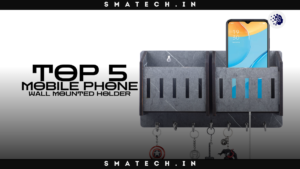
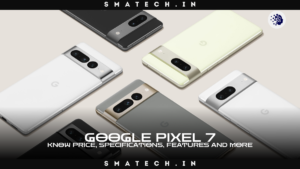
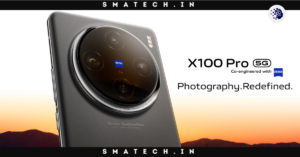
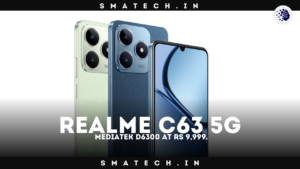

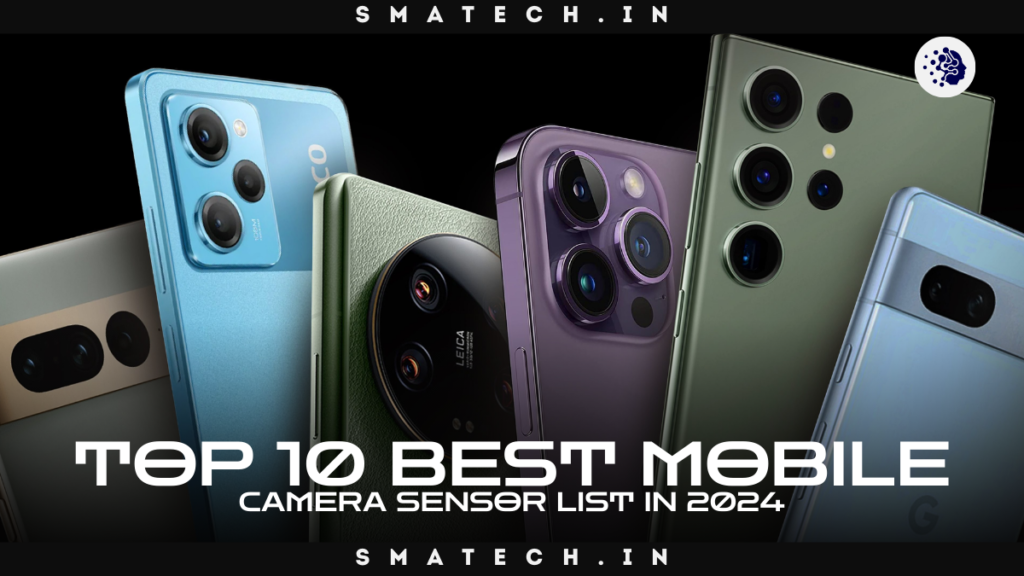
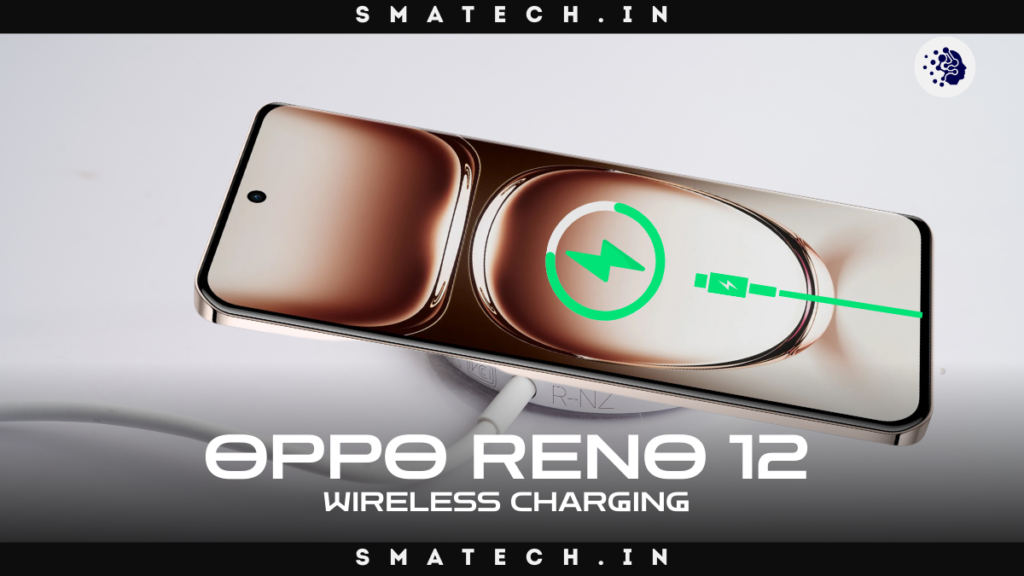
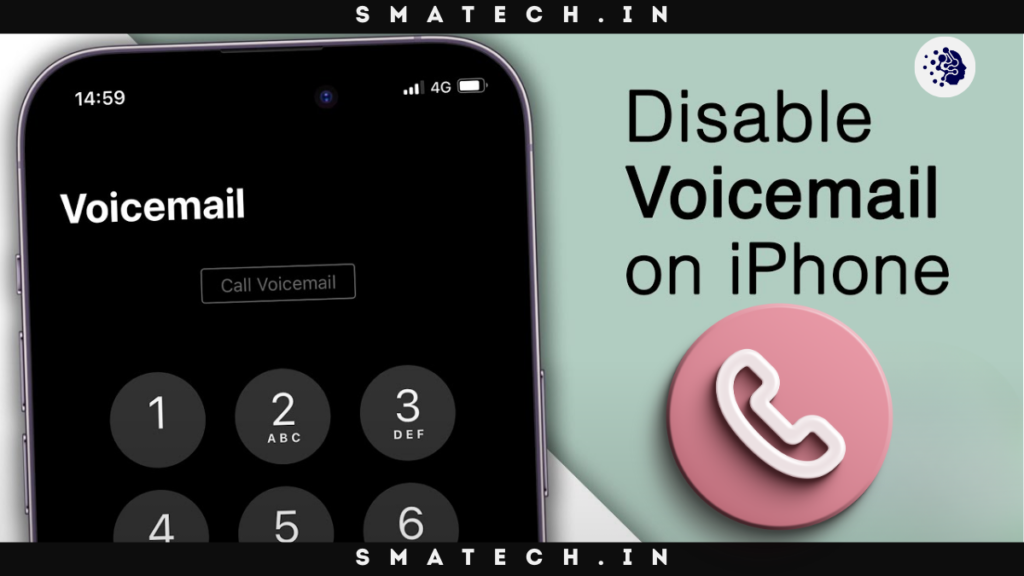
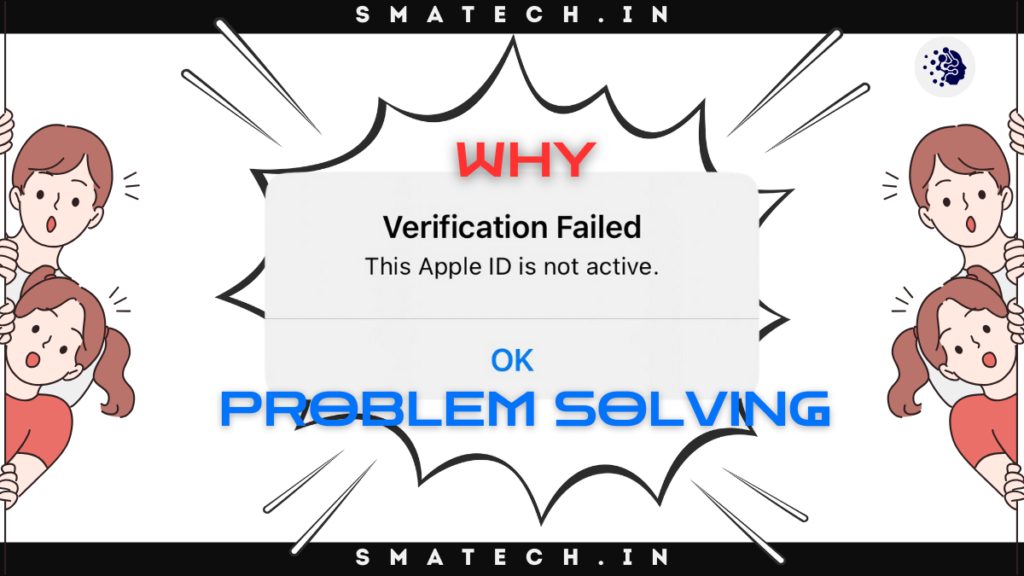
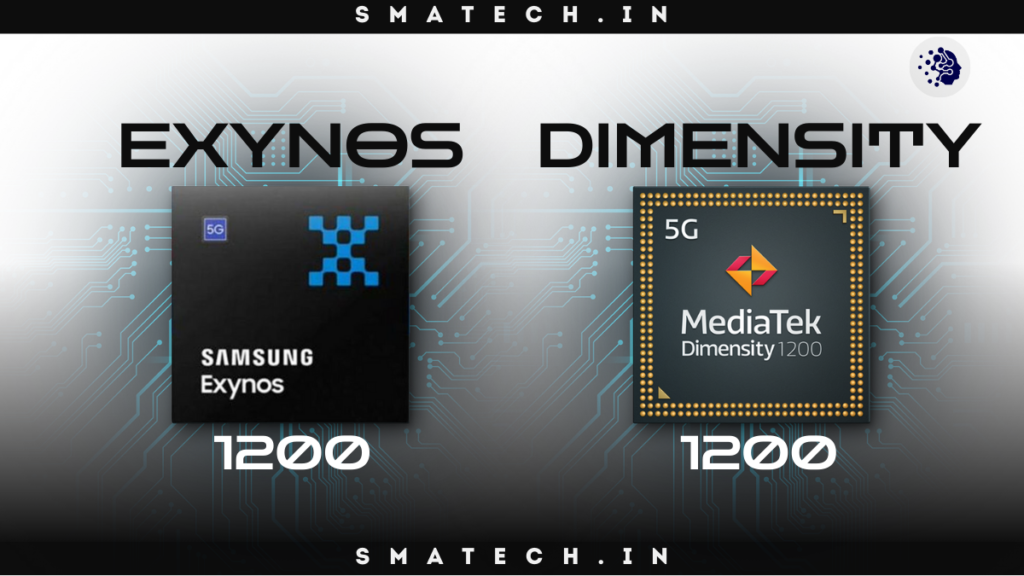
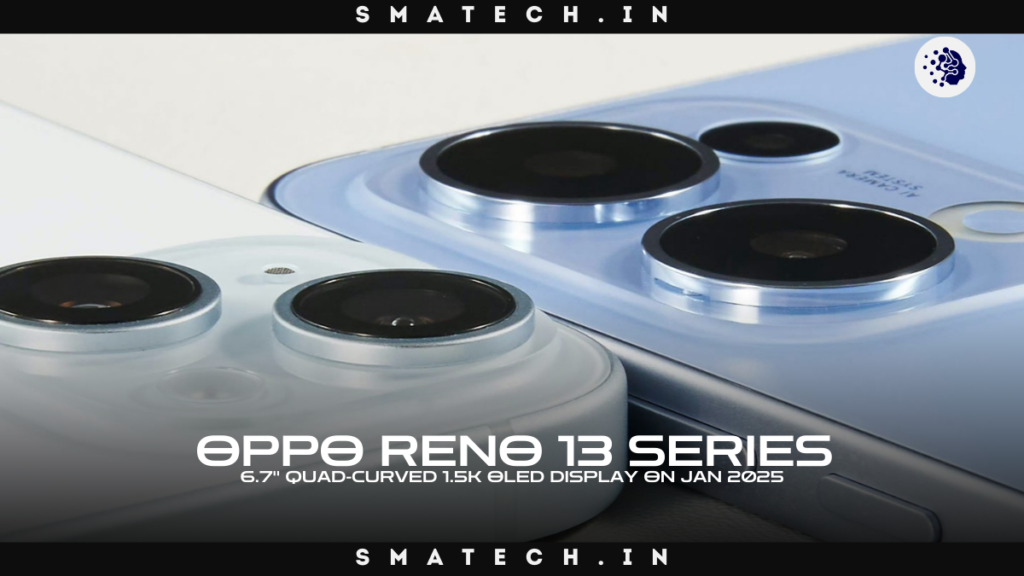



1 thought on “How OpenAI Sora is revolutionizing video creation with AI in 2024”
Thanks for finally talking about >How OpenAI Soora is amazingly revolutionizng video creation with AI in 2024:
tthe ultiate guide <Liked it! https://www.Waste-ndc.pro/community/profile/tressa79906983/